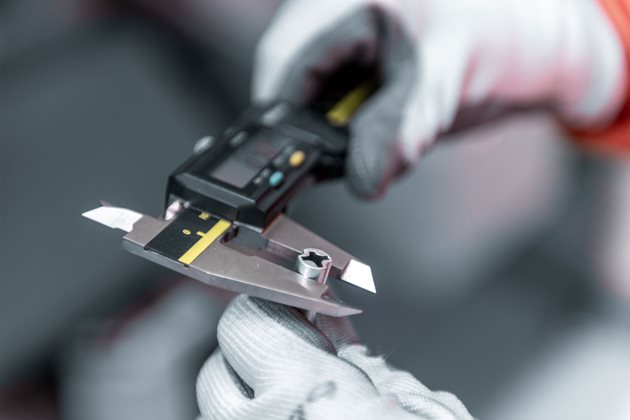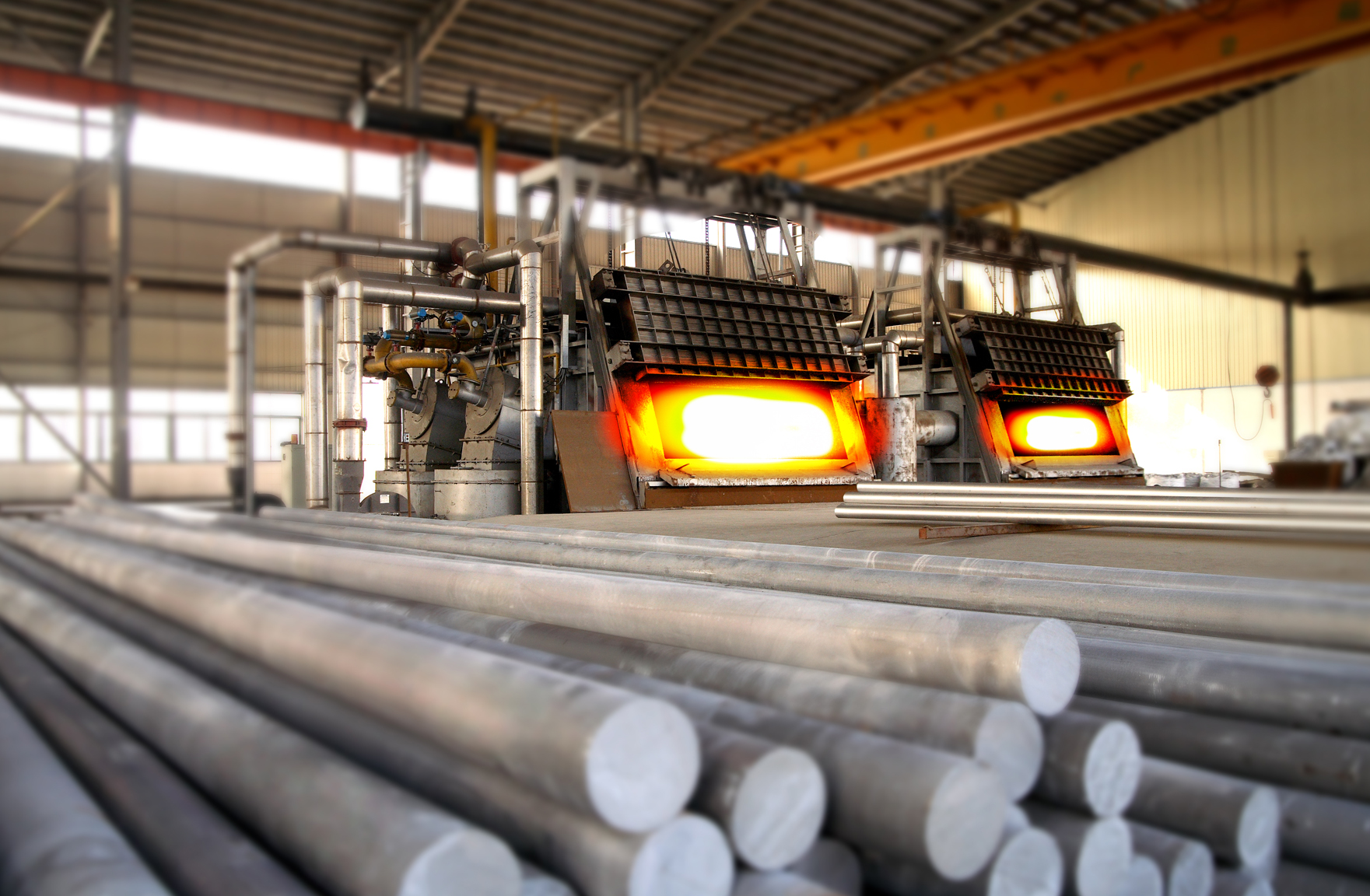The aluminum extrusion process is widely used in various industries due to its versatility and cost-effectiveness. However, one important aspect that cannot be ignored in this process is the level of tolerance. Tolerances are a key factor in determining the importance of product dimensions. Achieving the right balance of tolerances is critical to ensuring cost-effective production without compromising the function and fit of the part.
Why are tolerances so important?
These are the main reasons:
*Meeting the desired functional requirements
*Determining the maximum permissible die wear
*The ability to produce the desired shape of the extrusion, which is influenced by the complexity of the profile and whether it’s open or closed
*Establishing the necessary press technical conditions, such as cooling, run-out side and start-up temperature
What affects the tolerance?
Aluminium extrusion is widely recognized for its strength and dependability. By applying heat to aluminum and pushing it through a die with a specific shape, the desired profile is achieved. However, there are numerous factors that can impact the tolerances of the extruded profiles.
1, the components of the alloy used in the process: Each alloy requires a specific production method, and the cooling process plays a vital role in shaping the profiles and determining tolerances. Some alloys may require minimal cooling, while others necessitate more extensive cooling, even involving the use of water instead of air. The more challenging alloys may impose restrictions and make it more difficult to achieve precise tolerances.
2, chemical elements: heavier alloys often contain elements such as manganese, zinc, iron, copper, and vanadium. Vanadium, for instance, is crucial for crash-absorbing alloys in the automotive industry. These elements can significantly affect the wear of the dies used in extrusion, which, in turn, influences the dimensions of the profiles, particularly the tolerances. As the dies remain in use for longer periods, there may be increased deviation in the profiles’ dimensions.
3, Aluminium temperature: higher temperatures can lead to greater tolerances in aluminium extrusion due to increased expansion and softening of the material.
4, Micro-structure: the micro-structure of aluminium, such as grain size and orientation, can affect the mechanical properties and dimensional stability, influencing the tolerances of extruded aluminium products.
5, Die design: Die design plays a crucial role in controlling the extrusion process parameters, such as temperature distribution, metal flow, and cooling rate. These factors impact the final dimensions and tolerances of aluminium extrusions.
6.Extrusion speed:Extrusion speed affects the tolerances of aluminium extrusion by influencing the cooling rate and metal flow, which can result in variations in dimensions and tolerances of the final product.
7,Cooling:Cooling affects the tolerances of aluminium extrusion by controlling the rate of solidification, which impacts the dimensional stability and consistency of the final product’s shape, size, and tolerances.
Overall, understanding and considering the effects of alloy components, chemical elements, temperature and cooling methods during the aluminium extrusion process are essential for achieving precise tolerances in the final profiles. If you want to learn more about the aluminium extrusion, feel free to contact us.
Tel/WhatsApp: +86 17688923299 E-mail: aisling.huang@aluminum-artist.com
Post time: Nov-11-2023








